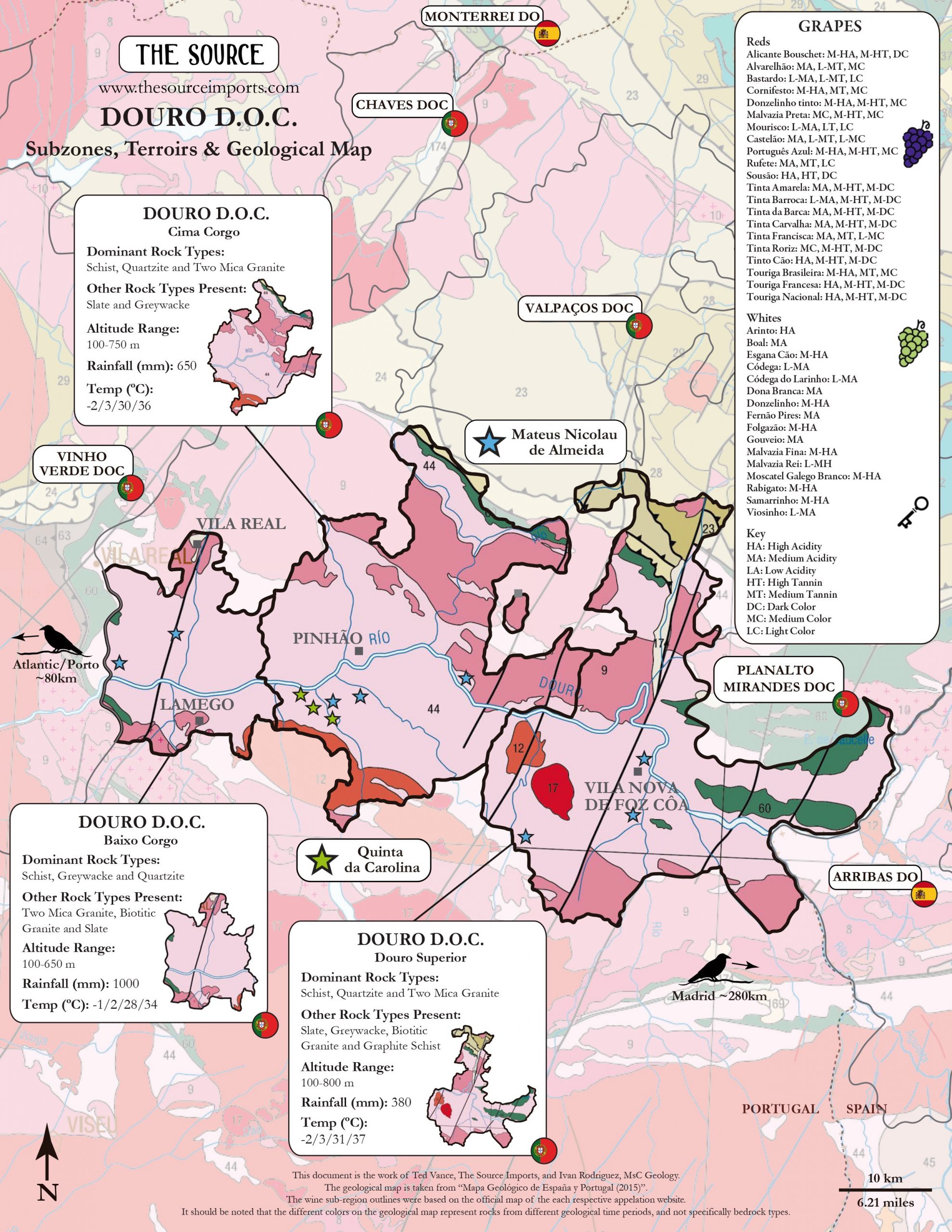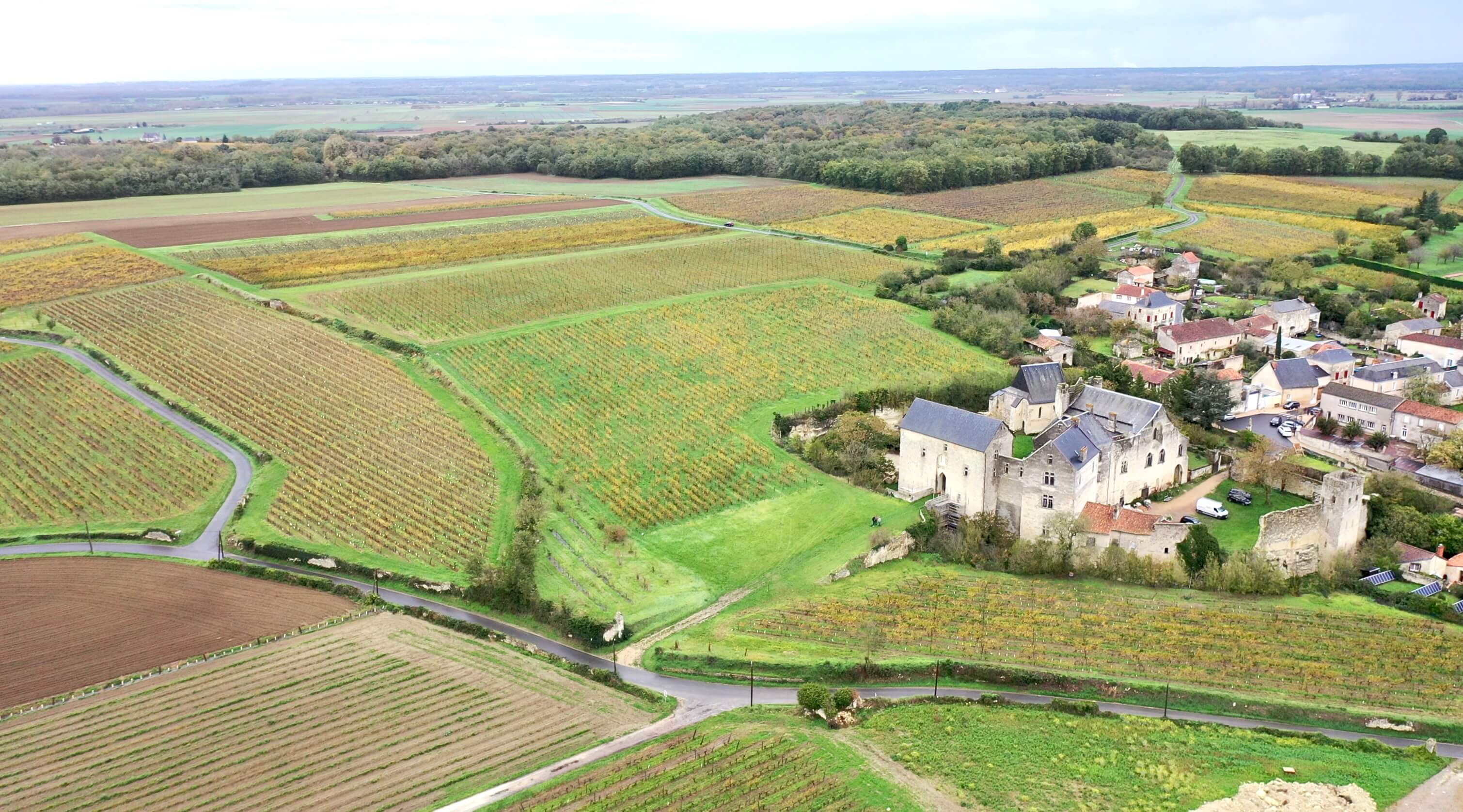
There is a lot about to happen in the first quarter of this new year as we unexpectedly had ten containers arrive in November; normally, we receive two or three in a single month. Things had been running so late over the last year and a half that we ordered very early to try to get ahead of any delays, but now the dam seems to have broken (we hope). Imports sometimes stretched to as much as seven months coming from France right after the pandemic (less in other countries), and maybe now we’re getting back to something more manageable. November isn’t the best time to launch new producers into the market so with these nine new ones (three from the Loire Valley, two from Douro, and one each from Alentejo, Rioja, Etna, and Tuscany), we’ll be staggering them out over the coming months.
This newsletter will introduce three of our new producers imported exclusively in the US by The Source. Because there’s so much material, it’s helpful to download the attached pdfs in order to read up completely on each of them; otherwise, this document would be a book. First is Forteresse de Berrye, the epicenter of a wonderful new renaissance within a historic commune of Saumur, ten kilometers south of Brézé, a place with similar potential for Chenin Blanc and Cabernet Franc as that now-glorified hill. The new owner (since 2019), Gilles Colinet, a former botanist, converted to organic culture straight away, and his first efforts are promising. You’ll then meet Giacomo Baraldo, a fabulous young producer from Tuscany with years of experience all over the world (including Burgundy) who’s crafting refined and distinctive Sangiovese single-site wines at high altitudes, and a diverse, exquisitely crafted and compelling range of white wines, most notably from Chardonnay vines planted on limestone and clay at high altitude with massale selections gathered from Corton-Charlemagne, Saint-Aubin, and Puligny-Montrachet.
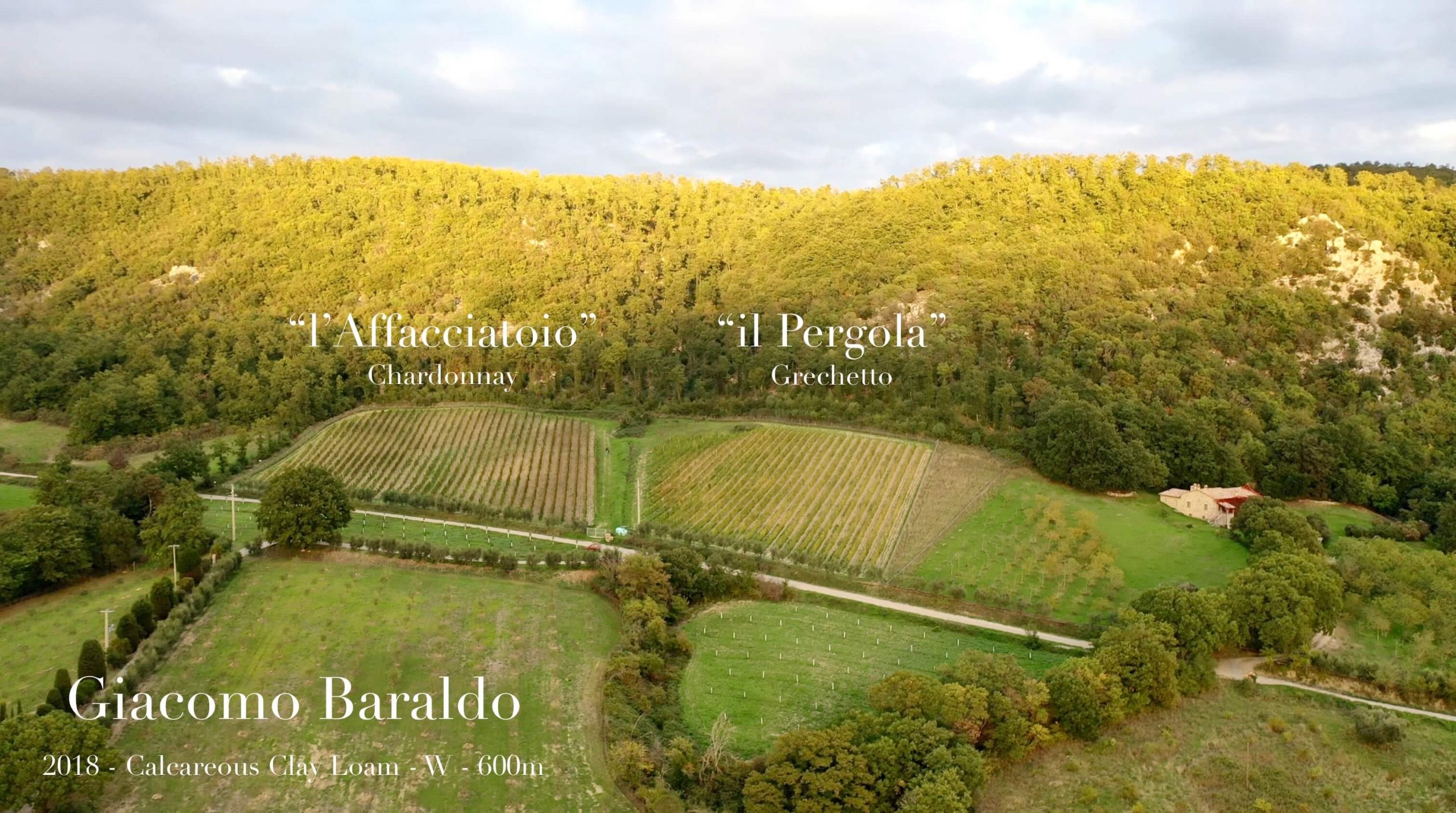
Finally, we’re proud to offer the wines of Quinta da Carolina. This quinta is run by one of Portugal’s young superstars, Luis Candido da Silva. He’s currently the head winemaker of the non-Port wines at Dirk Niepoort’s empire in the Douro. Under his own label, he crafts stunning white and red still wines from north facing, high altitude hills in the Douro. These three are a great trio to start the new year. Quantities from each are limited, so if something strikes your interest, please don’t hesitate to reach out.
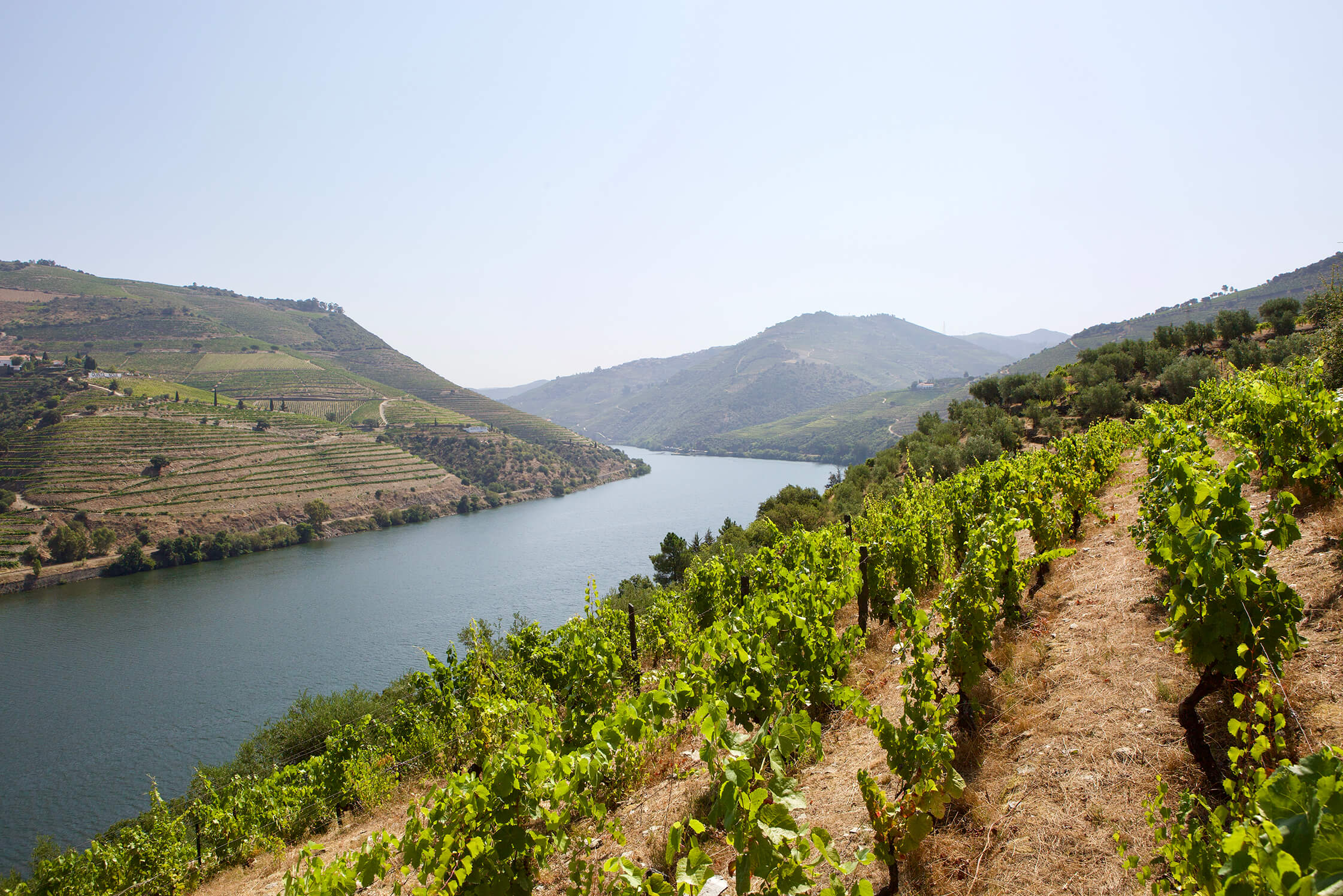
In February we’ll put on more sit-down trade tasting events showcasing some allocated, limited, and new producers. Please ask your salesperson to book your seat as they will be limited. We plan to schedule quarterly tastings because there is so much to show and because we’ve had a great response to them. On the billing: Wechsler’s 2020 Riesling crus, Veyder-Malberg’s 2021 Riesling and Grüner Veltliner, 2020 Artuke Rioja single-site wines, 2020 Collet Chablis grand crus, and some of our new producers, Vallée Moray (Montlouis), Vincent Bergeron (Montlouis), Tapada do Chaves (Alentejo), and José Gil (Rioja).
February 7th: San Francisco at DecantSF from 11am -3pm
February 8th: West Hollywood at Terroni from 11am-3pm
February 9th: San Diego at Vino Carta from 11am – 2pm
It seems that I’ve waited forever to finally release this terroir map of Portugal’s Douro. Now that we have two new producers from there, both truly special people (also very different, and making quite different styles of wine), we can finally put this one out there. The grape key was put together with the help of Luis Candida da Silva from Quinta da Carolina because I am simply not qualified to organize such things with so many complex and relatively unknown varieties as these! This map, as with all of our terroir maps, was also done in collaboration with Ivan Rodriguez, a PhD student and MSc of Geology from the University of Vigo, along with my wife, Andrea Arredondo, our graphic designer. Ivan has become a close and very special friend and also a part of our team. He is an incredible resource and helps with our many educational projects where science needs to be better understood. You can download the map by clicking on it which will take you to our website to download it with the three additional pages of support material.
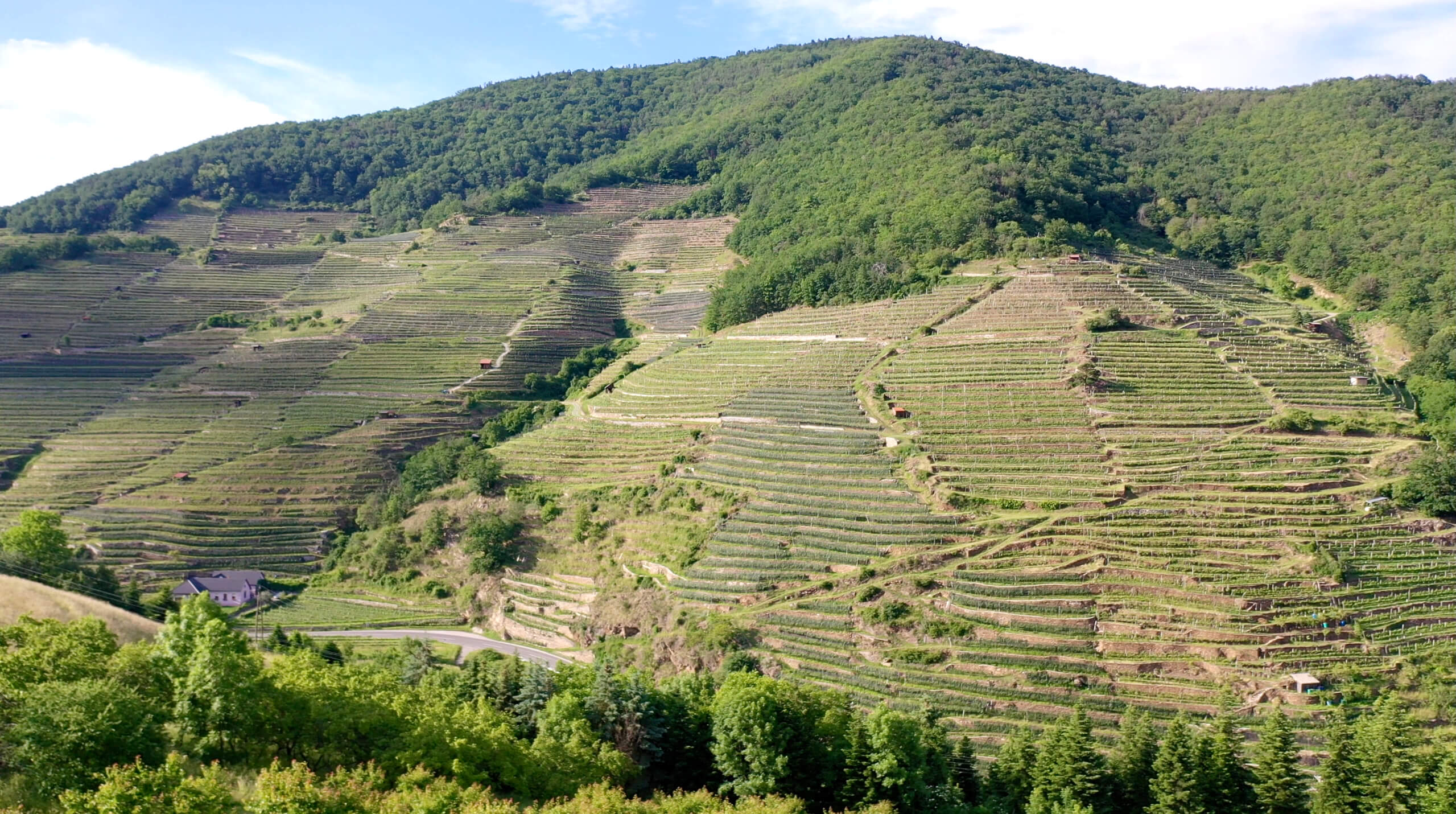
Veyder Malberg’s 2021 vintage will also be trickling out over the next few weeks, starting with the entry-level wines and then the top wines shown at our tasting events in the first week of February. Austria continues to have slam-dunk vintages every other year with their Grüner Veltliner and Riesling. First it was 2013, then 2015, 2017, 2019, now 2021. A big fan of all, but more 2013 and 2019 than the others, it’s likely 2021 will be the best of the bunch. They are so fluid and tense, aromatically fine yet with the right pressure. Never did I think (with very strong lean toward Riesling) Grüner Veltliner would rival a great producer’s Rieslings in a top vintage, but 2021 is without question for me the best vintage for this variety I can remember—at least from the likes of our great growers there, Peter Veyder-Malberg, Tegernseerhof and Michael Malat. The top Veltliners seemed to have somehow swapped out the extra fluff and broad palate weight for finer, lacier, minerally profile, like a young prodigious progeny of Riesling and Veltliner. The Rieslings are as good as it gets. It’s simply a banner year, a throwback to the old days in overall structure and profile with a bright but tensile, sunny smile. Peter gave us the opportunity to go long on this vintage because he accidentally shorted us on the 2020. We were happy to make up the balance of what we would’ve normally gotten, and from this incredibly fantastic year. One could write a book of tasting descriptions for a year like this, but they’re already going to be in such high demand that I don’t want to promote too much. My advice is to get everything you can! Not only from Veyder, but all of your favorite producers. They will surely age beautifully and they do indeed sing gorgeously now.
What follows is a commentary on the 2020 vintage from our July 2022 Newsletter, which was a preface to the offer of Christophe et Fils 2020s. I haven’t changed my thoughts on this vintage (though it includes a few editorial changes), only that I’m even more convinced of their quality.
The 2020 season was not as hot as 2018 and 2019. While 2019 may have jumped a little further from being described as “classic” Chablis due to its riper fruit notes (but with a surprisingly high level of acidity for this warm year), some hail 2020 as “classic,” “early but classic,” and “a great vintage.”
I don’t even know what “classic” means anymore with regard to Chablis, or anywhere else. Do you? I know what “great” means to me, personally (with emotional value topping the list), but my “great” may not be yours. Our current frame of reference and experience sculpts all of our preferences, and our formative years will always be present as well. People who’ve been in the wine business for decades have different associations with wine than those more recently seduced by Dionysus. Classic Chablis? I haven’t had a young Chablis that vibrates with tense citrus and flint, a visible green hue, shimmering acidity, and coarse mineral texture all in the same sip for a long time—so long that I can’t even remember the last vintage where I had those sensations with newly bottled Chablis. (Of course, a recently bottled wine still high-strung with sulfites can give that appearance but the wine will display its truer nature a few years after its bottling date.) Chablis is different now. Burgundy is different. Everywhere is different from a decade ago and obviously even more so than from two decades ago. With the composition of today’s wine lists and their one or two pages of quickly-changing inventory compared to extensive cellars of restaurant antiquity, most of us have developed different expectations—if not completely different perspectives—for wine now than what “classic” used to imply. (The idea of “classic” from more than twenty-five years ago when I first became obsessed with wine now conjures images of chemically farmed vineyards and their spare wines.) 2020 may be fresher and brighter than the last two years in some ways but maybe with less stuffing than the similarly calibrated 2017s, a vintage I loved the second I tasted the first example out of barrel at Domaine Jean Collet. Maybe we can call 2020 “classic,” but if picking started at the end of August, would that “classic” be graded on a curve?
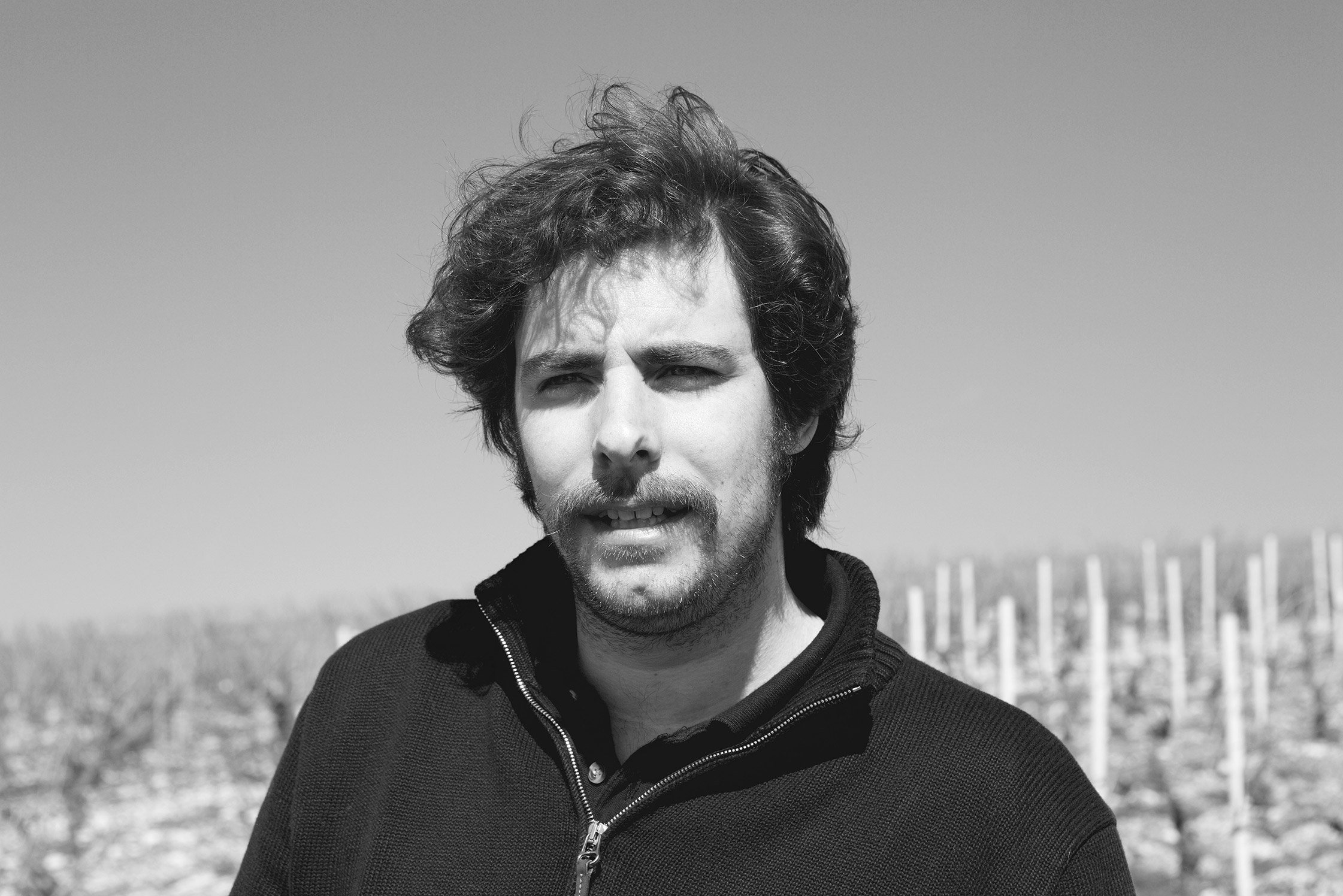
Snapshot of 2019-2021
Romain Collet says that both 2019 and 2020 were very warm vintages that experienced about the same losses of 10-15% from spring frost. The 2019s were picked in the first week of September, while 2020 began one week later—though the budbreak of 2020 was earlier than 2019, perhaps lending some credence to the use of “classic” when categorizing this year because the season was longer than it would otherwise appear if one only considers the harvest dates. 2021 was a cold year and this one will surely ring true as a classic Chablis vintage. They started picking at the end of September and finished on October 6th. Considering how late they picked with the loss of 30-40% of their 2021 crop to frost, this should make it quite a strong vintage for those in search of what’s considered a truly classic vintage style. We’ll see, but if the Collet’s 2021s are any indicator of what’s to come, the classicists will be very happy, even though there was chaptalization on many wines across the appellation to get them up past 12% alcohol. Chaptalization was always a known element with classic Burgundy wines but in the last warm decades we don’t talk about it much anymore; alcohol levels are naturally high because it’s gettin’ hot!
Romain’s intuition for managing each year’s challenges continues to surprise—and pleasantly, of course. In cold years, the wines are classic, and with Raveneau-esque fluid sappiness and the element of attractive green notes—green apple skin, wheatgrass, green grapes, lime, sweet mint—though they’re also perhaps a little bonier and more square. (Raveneau is Romain’s inspiration in overall style and each year he creeps a little closer to it.) In warm years the wines maintain structure, though with rounder and more tropical fruit notes, while being more taut than one would expect. 2020 is indeed another successful year for Collet. The quantities produced are less than the years before, but the good news is that they’ve kept our allocation relatively the same.
Arriving are the 2020 and 2021 Saint-Bris made from purchased fruit from one of Romain’s longtime friends. These are a good (and needed) counter for the low quantities of Sauvignon Blanc from Sancerre, Pouilly-Fumé, and their neighboring, less famous appellations. Saint-Bris neighbors Chablis but was planted to Sauvignon Blanc instead of Chardonnay because it’s extremely rocky, with less topsoil, better for Sauvignon and not so good for Chardonnay, which needs more topsoil. Despite the spare soils, the wines are full compared to others from the appellation, and they represent a great value from this talented producer.
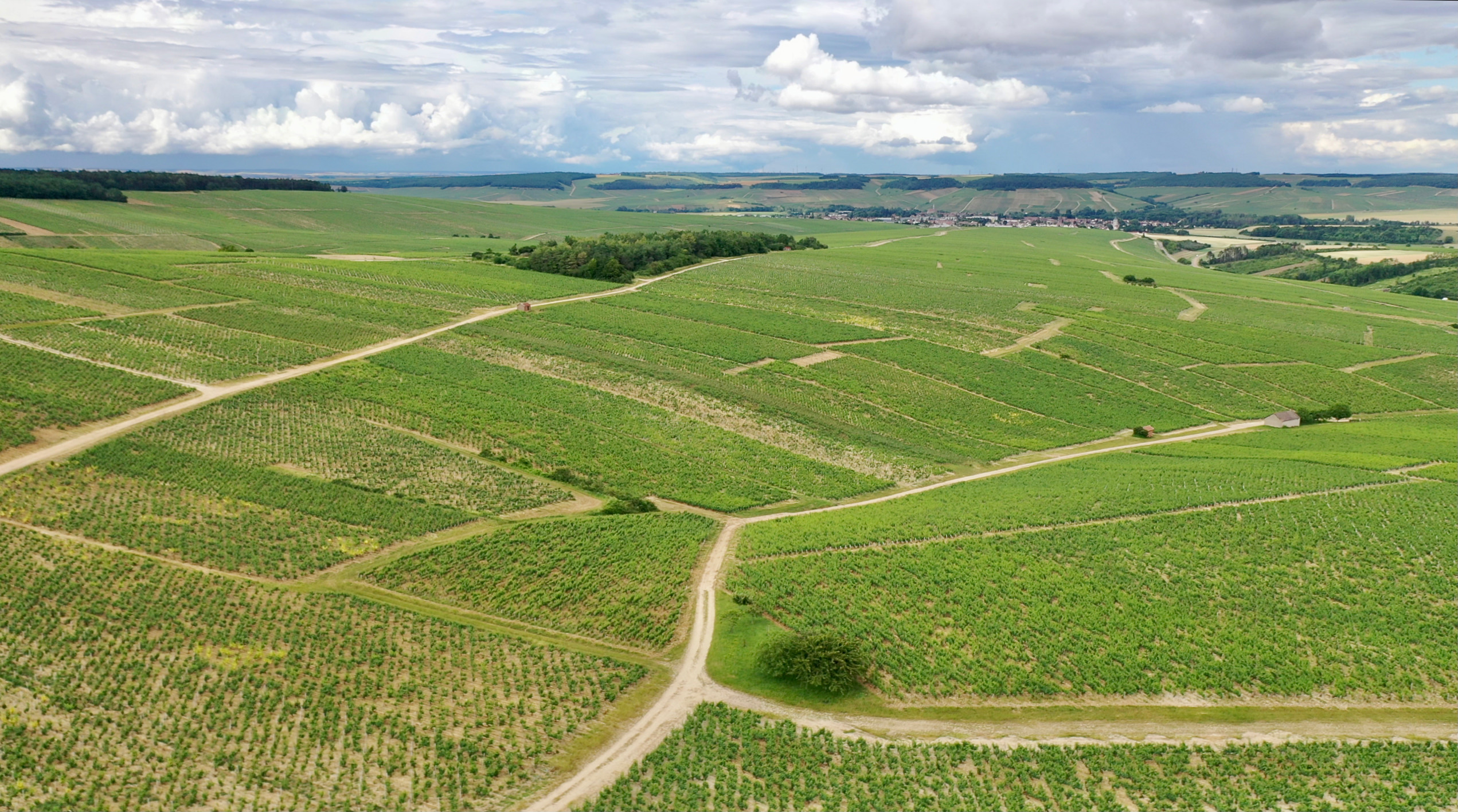
Left Bank Premier Crus
As usual, we have the star-studded lineup of premier crus, starting with Montmains, a selection of fruit from the original Montmains lieu-dit that sits closest to the village, on the rockiest soils the Collet’s have for this designation. As one would expect from this topsoil-spare site, this is one of the most minerally wines in their range and Romain exemplifies its character with a steel élevage. Part of the Montmains hill is subdivided into two more well-known lieux-dits (that can be labeled as Montmains as well but seem to rarely be these days) are Les Forêts and Butteaux. Here we find more topsoil in both sites compared to the rows closer to the village. Les Forêts’ young vines usually prove to be the most exotic of their range while Butteaux with its old vines and heavier topsoil with massive rocks in it is one of the stoutest, and in a blind tasting it could easily be confused for a grand cru wine on weight and power alone.
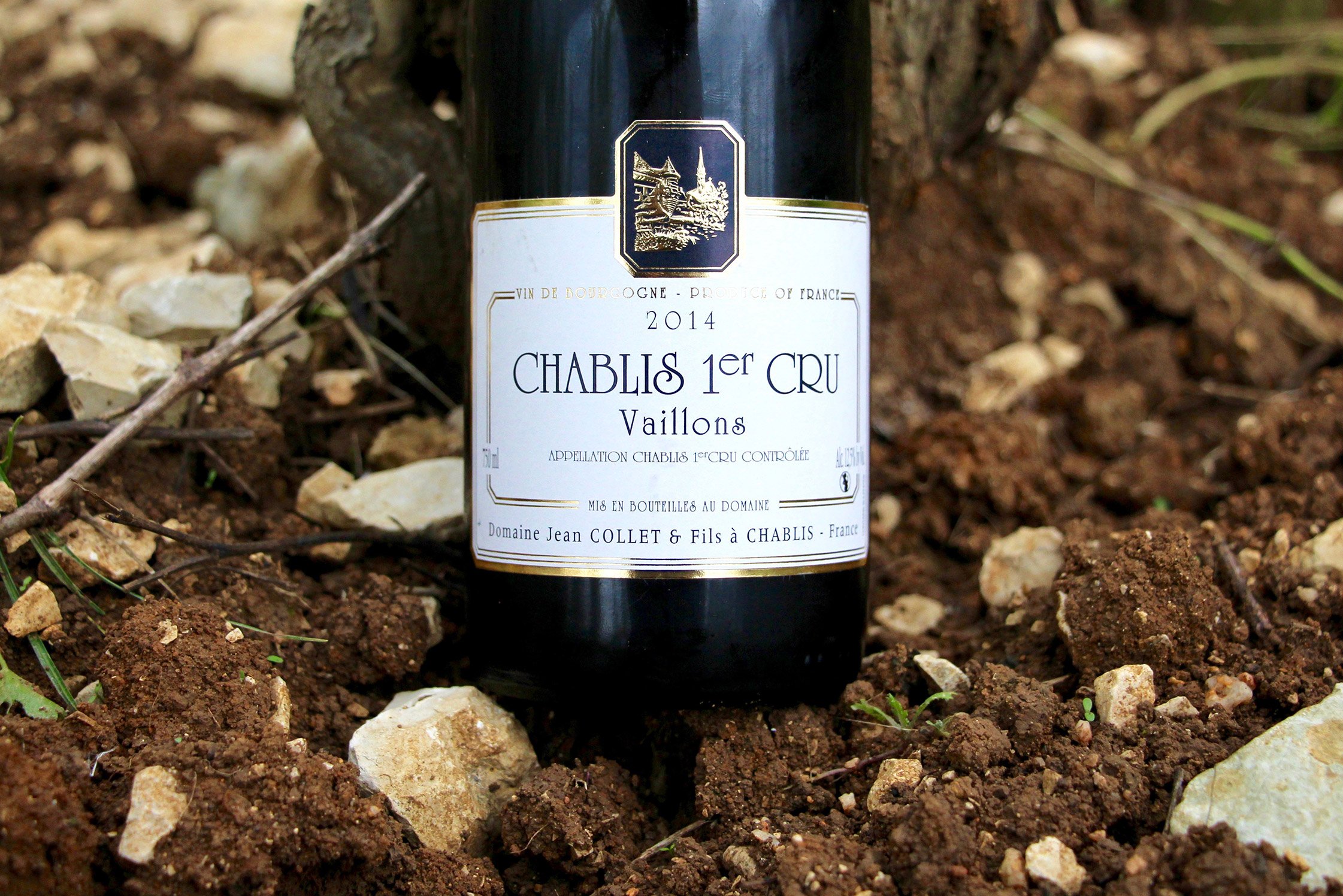
The long hill of Vaillons parallels Montmains just to the north, separated by Chablis village vineyards on the same Kimmeridgian marls as the premier crus but face more toward the north—the sole reason for their classification instead being appointed premier cru status. Vaillons is often my “go-to” Chablis in Collet’s range of premier crus when I want a balance of everything. It’s minerally due to the very rocky soil, and has good body because of its 40% clay in the topsoil. Tension is always there no matter the vintage because of the richer, more water retentive soil that makes for a longer and less hydric stressed season compared to other sites with sparer soils. The majority of the vineyard faces southeast with some parcels due east, bringing an advantage from the morning sun and less so the baking evening summer and autumn sun. Though not as hot as the right bank with the grand crus facing more toward the west, it shows its breed with a constant evolution rising in the glass due to the many different lieux-dits parcels blended into it. I believe that Collet is the owner of the largest portion of vines on this big cru hillside, making for that sort of MVP character without anything missing due to the large stable of parcels to choose from. Given its size, it is also the largest quantity of wine from any single Collet premier cru we receive.
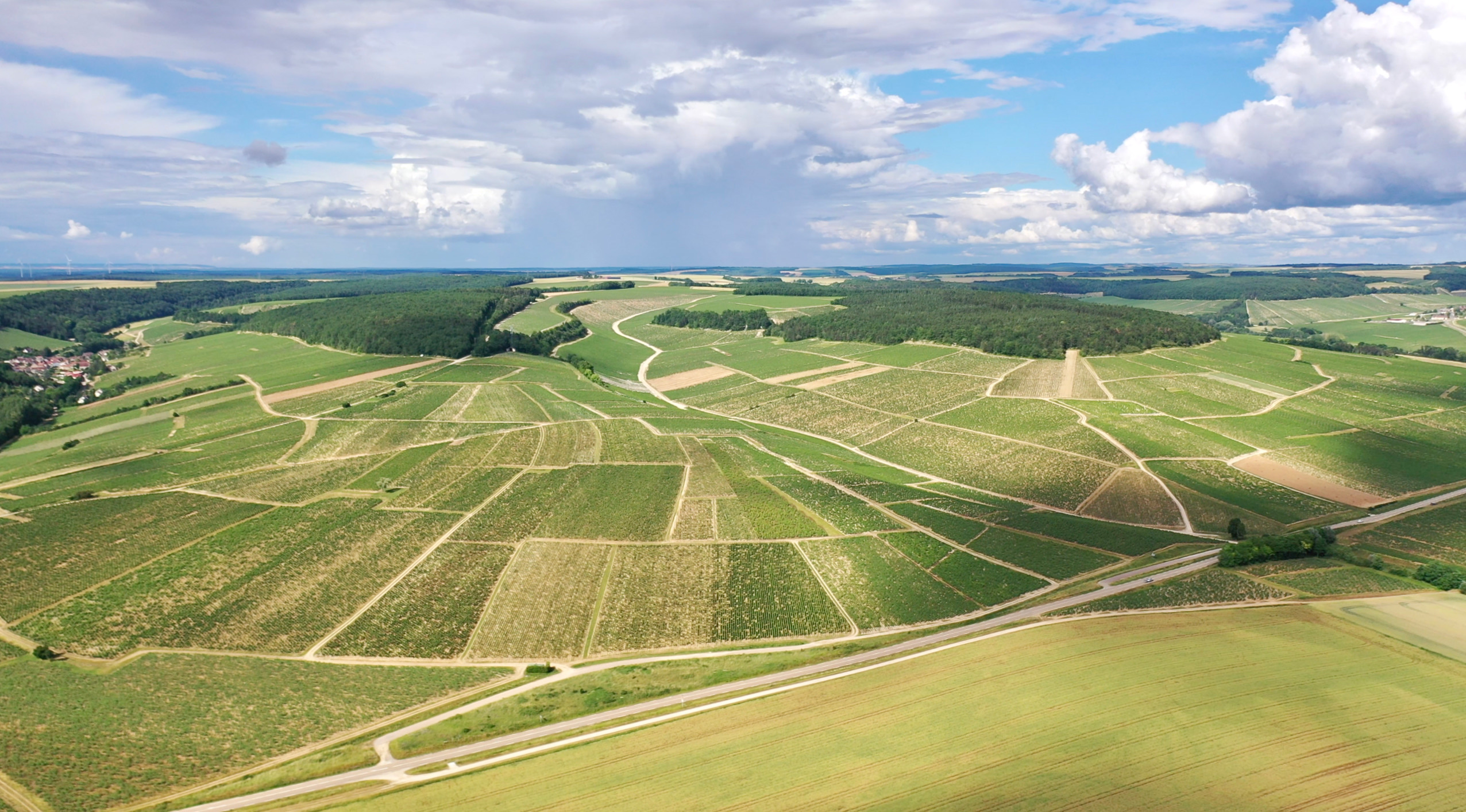
Right Bank Crus
The Collets are advantaged with a fabulous collection of vineyards from both sides of the river, though most of their premier cru land is on the left bank. While the left bank wines could be characterized as more mineral dominant than the right bank, there are indeed exceptions. I’ve often said that Mont de Milieu is one of those wines that, though it is on the right bank, is very left bank in style compared to the grand crus and many of the other right bank premier crus. There are also few who bottle Mont de Milieu. Over the years this wine was always good but less impressive than many in Collet’s range, at least for me. These days, I lament the small quantities we are allocated (based on past purchases) because the most recent versions are starting to fight for top billing in the premier cru range. There is no doubt that the 2021 version of this wine is one of the top of the vintage, if not the top premier cru (at least very early on during a tasting this last November at the domaine), and the 2020 is a great prelude to what will arrive next year. We only have ten cases to share, so they will be judiciously allocated.
There is no greater call in the Chablis premier cru world than Montée de Tonnerre. Yes, it’s like a grand cru in some ways, mostly in how regal it is, but it is its own terroir as well. Positioned between Mont de Milieu and the grand cru slope, just a ravine away from Blanchots and Les Clos, it finds the balance with a gentler slope in many parts than the grand cru hillside which has many different aspects and greater variability between the crus. Collet also has (in very small quantities) the grand crus, Valmur and Les Clos. Their Valmur is situated at the top of the cru on its south side, facing northwest, which was less ideal for a grand cru decades ago but perfect for today’s shifting climate. Stout and minerally, I believe it to consistently be one of the greatest overall wines in our entire portfolio. Les Clos is its equal but perhaps more extroverted and even slightly more balanced, gilded with Chablis’ royal trim and the sun’s gold. The topsoil toward the bottom of the hill is deeper and richer, bringing an added advantage against the hydric stress of warmer years, though disadvantaged in fending off frost.
Don’t forget to download the pdfs of Forteresse de Berrye, Giacomo Baraldo and Quinta da Carolina! We go deep!

